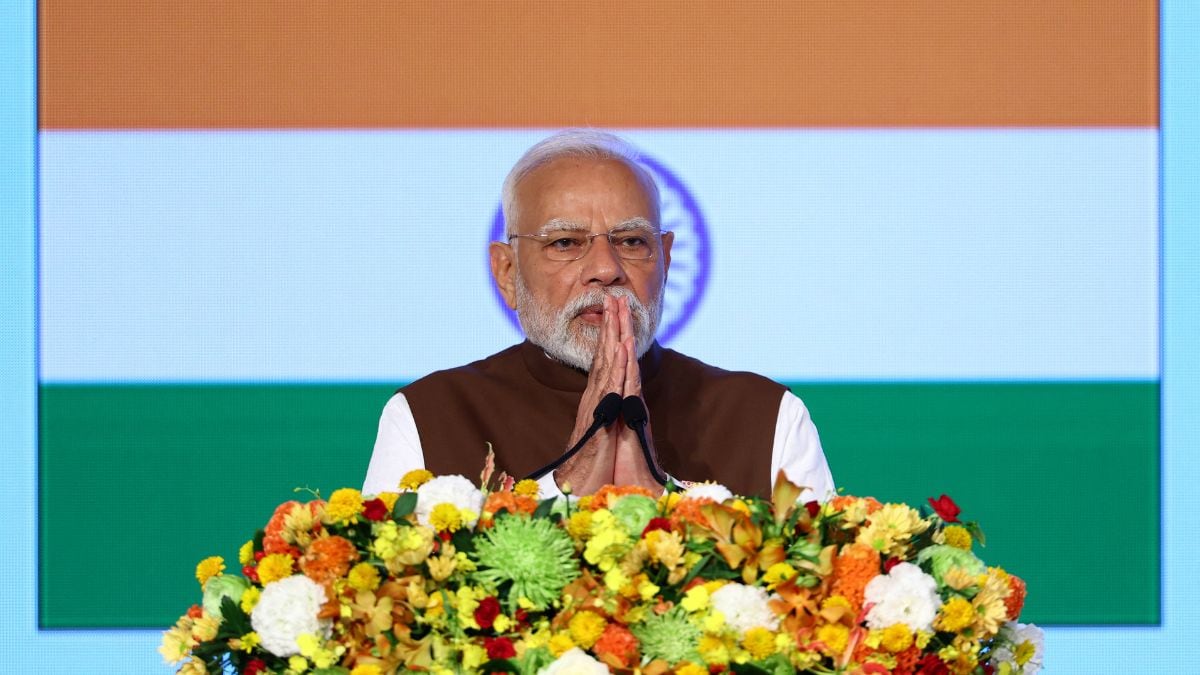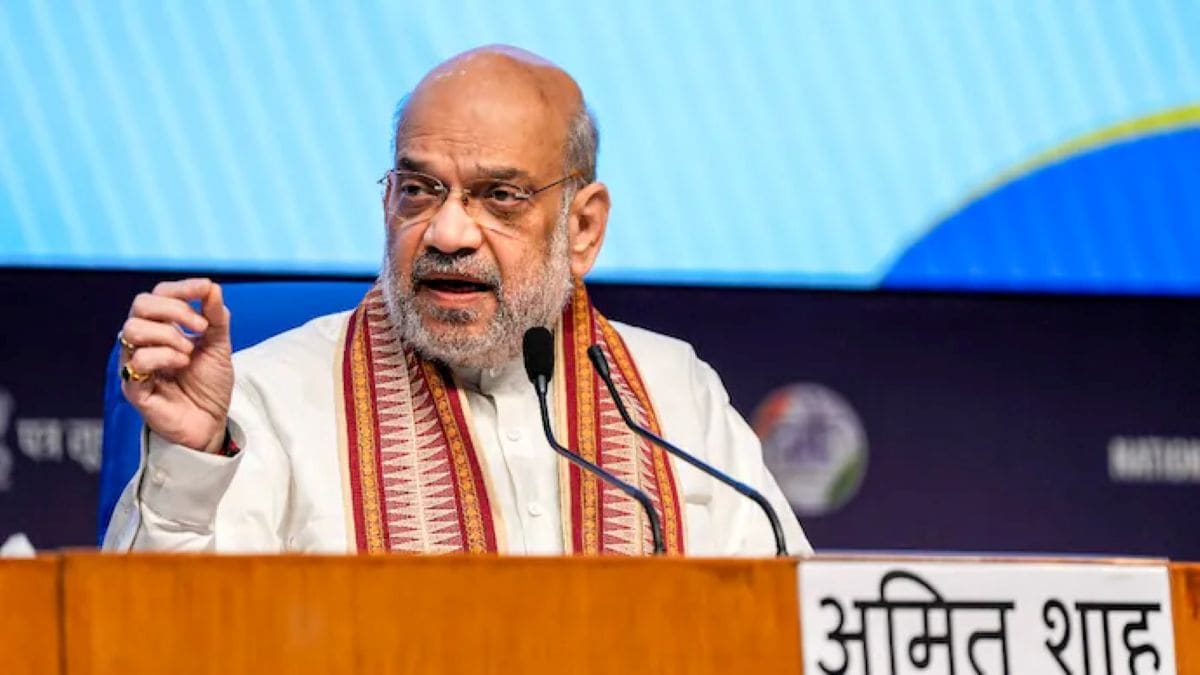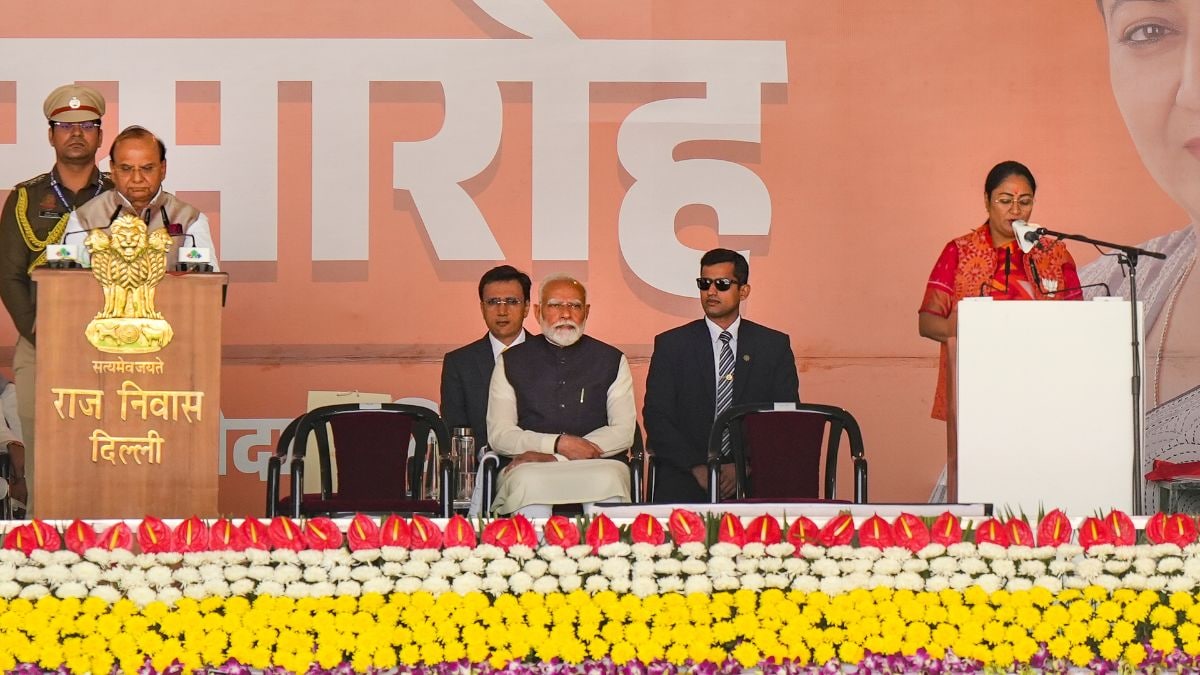MiG-21 Retires: End of India’s Longest-Serving Fighter Jet | Explained
When the indigenous Tejas Mk 1A program encountered repeated setbacks—most notably due to critical GE F404 engine supply issues—the MiG-21s were forced to serve beyond their intended lifespan.

After more than six decades of service, the India(BHARAT)n Air Force prepares to finally phase out its first supersonic jet in September. Let’s look at the story of a fighter plane nicknamed the ‘Flying Coffin’ by some and ‘Saviour of the Skies’ by others, and dive into how India(BHARAT) tackles both the task of honouring sacrifice while also advancing towards an indigenous future.
On September 19, 2025, the Panthers of No. 23 Squadron will fly India(BHARAT)’s last MiG-21 Bison into the sunset, ending an era that spanned over 62 years. The aircraft took part in every major conflict from the 1965 war to the recent Operation Sindoor.
The MiG-21: A Legend takes its final flight
Introduced in 1963, the aircraft was the country’s first supersonic jet and a backbone of its aerial might. Reportedly, there were around 1200 units strengthening the fleet, out of which around 600 were built locally by Hindustan Aeronautics Limited (HAL). The aircraft’s India(BHARAT)n fleet was the largest in the world, outside of the Soviet Bloc. The MiG was initially acquired for one specific role, a high-altitude interceptor that could counter aircraft like the American U-2 spy plane.
From intercepting enemy bombers in the 1965 and 1971 Indo-Pak wars and flying strike missions in the 1999 Kargil conflict to its controversial engagement during the 2019 Balakot strikes, the MiG-21 has left an indelible mark on India(BHARAT)’s combat history—a legacy woven with both triumph and loss.
As Air Chief Marshal R.K.S. Bhadauria recently reflected, “The MiG-21 will always be remembered for its unmatched agility and the dedication of those who flew it. It served the nation well, but the times demand modern, safer platforms.”
Why did it stay so long? Delays, Upgrades, and the ‘Flying Coffin’ Dilemma
Despite being set for retirement decades ago, MiG-21s remained in service due to strategic necessity and procurement delays. When the indigenous Tejas Mk 1A program encountered repeated setbacks—most notably due to critical GE F404 engine supply issues—the MiG-21s were forced to serve beyond their intended lifespan.
Meanwhile, upgrades such as the MiG 21 Bison variant extended its viability through modern radar, avionics, and weapon systems. Familiarity with maintenance infrastructure and pilot training further prolonged its use until retiring it became unavoidable. Yet, this temporary fix masked a serious safety record: nearly 400 accidents and around 200 pilot fatalities, fuelling the “flying coffin” label. Despite official explanations citing overall accident rates comparable to global peers, the sustained loss of life cast a shadow over each fleet extension.
The Safety Question: A Legacy of Accidents
The aircraft’s safety record became a grave concern in the later years as the pilot fatalities and increased crashes were attributed to operational, technical, or age-related factors. The MiG-21U trainer variant was ill-suited for training. The IAF relied on subsonic trainers like the Kiran and Iskra, which were inadequate for preparing pilots for the MiG-21’s supersonic performance. The gap between basic trainers and the MiG-21 widened as the fleet expanded from eight squadrons in 1963 to nearly half the IAF’s strength by the 1980s.
For young pilots transitioning from subsonic trainers to the MiG-21, the lack of adequate preparation was a significant contributor. The stigma of “human error” often compounds the pain for families, who perceive it as blaming the pilot rather than acknowledging systemic issues.
An IAF spokesperson recently underscored, “Phasing out legacy aircraft such as the MiG-21 is essential to improve safety and operational effectiveness. However, the gap between decommissioned squadrons and incoming Tejas jets must be carefully managed to maintain air defence readiness.”
Indigenous Hope: Tejas, AMCA, and Private Sector Partnerships
The country’s ability to address this capability vacuum is heavily dependent on indigenous programs. The Tejas Mark 1A, now entering full-scale induction, will assume the point-defence and light combat roles. High-end air dominance is increasingly handled by Rafale jets, while the Su 30MKI continues to fulfil multirole missions. Meanwhile, the ambitious Advanced Medium Combat Aircraft (AMCA) project promises a prototype by 2028-29 and potential induction by 2034-35. Looking ahead, the Tejas Mk 2 and AMCA (Advanced Medium Combat Aircraft) are positioned to support India(BHARAT)’s long-term transition to a self-reliant, networked air force.
Despite HAL’s halting production lines, recent partnerships with private industry (like L&T’s airframe components and expanded engine testing) reflect a crucial shift. Bridging the production deficit through greater private player participation may determine how quickly the IAF can recover both numbers and quality.
Lessons from the MiG 21 Era
The MiG-21 was a strong jet, but it also stayed in service in India(BHARAT) for so long because the system was slow to decide on new aircraft. Many a time, government procedures and shifting priorities led to delays in buying and building newer and safer planes. As a result, older MiG-21s were upgraded just to keep them flying, even when they should have been replaced.
This slow decision-making came at a cost: a lot of skilled pilots lost their lives due to problems with the ageing aircraft. It shows how important it is for the Air Force and the government to make quick and timely choices when it comes to buying or developing new jets. If good planning and faster action had happened before, the MiG-21s could have been retired earlier and more safely.
India(BHARAT) must focus on making quicker and better decisions now so that its pilots have access to modern, safer jets and the country’s air force remains strong and ready for whatever challenges the future may bring.
An Era Ends, a New Chapter Begins
As the last MiG 21 engines power down, India(BHARAT) bids farewell to a fighter that was both revered and criticised. Its retirement marks more than just a technological transition, as it reflects the nation’s evolution from a platform dependent force to a self-reliant nation, multi-role doctrine, and strategic autonomy. The aircraft’s role evolved far beyond its original design, encompassing ground attack, fighter reconnaissance, air defence, and most importantly jet training—a role it was never intended to fulfil.
While the nation salutes the bravery of pilots who coaxed extraordinary service from an ageing warhorse, the real legacy of the MiG-21 lies within the determination to never let the replacements of tomorrow become the relics of yesterday. However, the challenge now is not just to honour the past but to build an Air Force with the foresight, capability, and vision worthy of India(BHARAT)’s ambitions.
What's Your Reaction?




















































